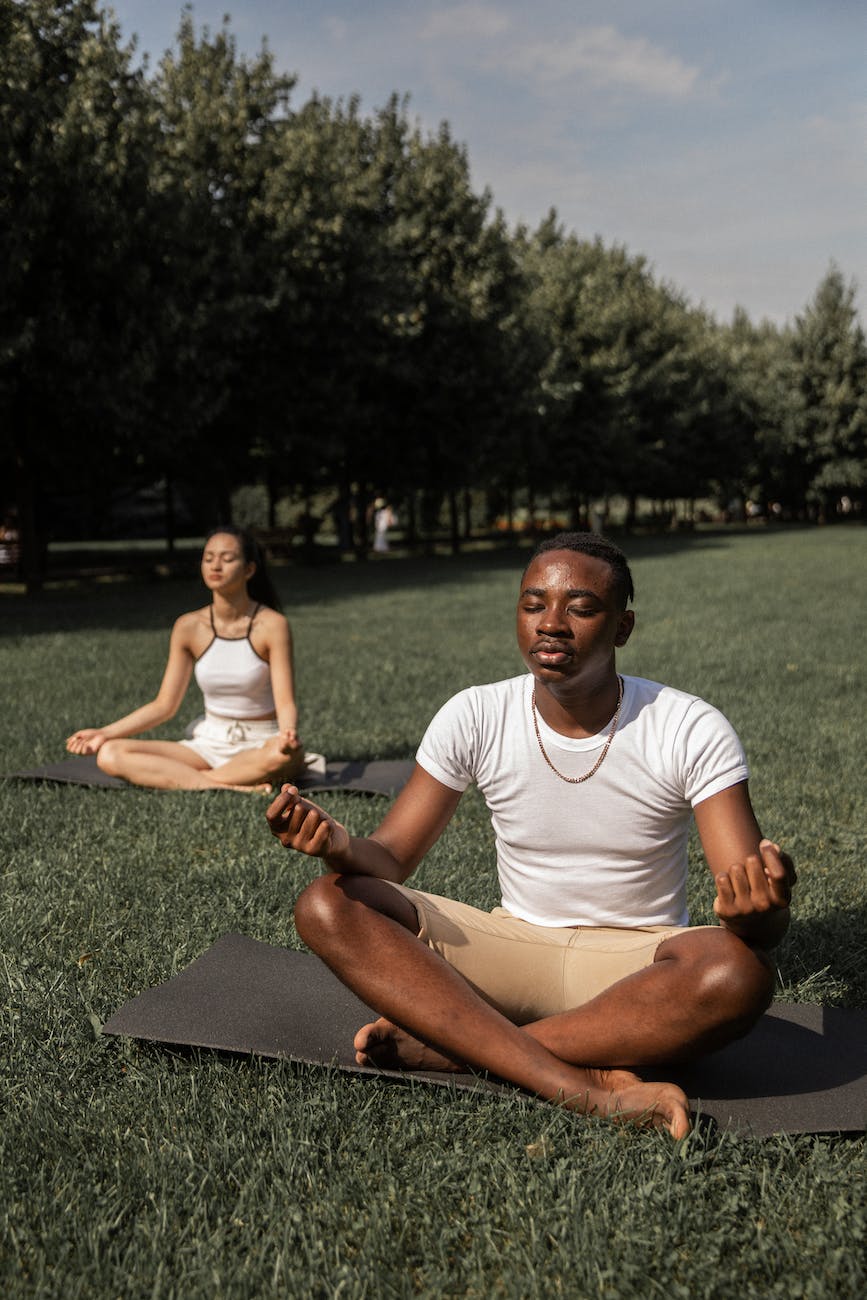
It’s not easy, given the pressure to be super-thin and sexy, too
Photo by Victoria Rain on Pexels.com
Writer: Gail Saltz, MD
Clinical Expert: Gail Saltz, MD
- 1. Sympathize
- 2. Model body comfort
- 3. Enlist #Dad
- 4. Avoid sexualizing
- 5. Build resilience
- 6. Move that body
- 7. Set limits on clothing (or lack of same)
Girls coming of age in the 21st century have more opportunities than any of the generations that preceded them. But they also face an array of pressures that are unprecedented. Girls are expected to become corporate executives and brain surgeons and Supreme Court justices, but they’re also expected to be beautiful and sexy — more so than ever before.
Which is why raising healthy, happy daughters has become more challenging, not less.
As #parents, we know that nurturing a positive #bodyimage is crucial to helping our daughters become healthy, well-rounded #adults. But our society seems to be fixated, more than ever, on youth and beauty. And beauty is, more than ever, defined as small. Or, to be more precise, small-plus-hot — so that even someone who’s stunningly thin can feel insecure if she’s not also well endowed where it counts.
I’m not just talking about girls who develop #eatingdisorders, which involve a seriously distorted #bodyimage. I’m talking about a much larger group of girls who feel they can’t be happy and accepted because, while they may have straight A’s in school or terrific talents, they don’t think they have the bodies they’re “supposed to” have. Unfortunately, what they feel they are “supposed to” have is an ideal they see on television and on #socialmedia (retouched and filtered!) that isn’t attainable by 90% of #women.
Of course there are some #girls who — because they’re genetically endowed or because they’re starving themselves — do achieve this super-thin-plus-super-sexy body. But for most of our daughters it’s not a realistic or desirable goal.
#Girls can come to see themselves as a collection of body parts—breasts, lips, legs, thighs, butt—which they judge harshly. And, of course, none of it relates to anything about who they are on the inside and what they do.
So what is a healthy #bodyimage, and how can we nurture one in our daughters?
What we want for them is part realism — a reasonable vision of what’s an attractive and healthy body. And it’s part perspective — a sense that what they look like is just one aspect, and not an overwhelmingly important one, of who they are and what they have to offer as people.
#James Donaldson notes:Welcome to the “next chapter” of my life… being a voice and an advocate for #mentalhealthawarenessandsuicideprevention, especially pertaining to our younger generation of students and student-athletes.Getting men to speak up and reach out for help and assistance is one of my passions. Us men need to not suffer in silence or drown our sorrows in alcohol, hang out at bars and strip joints, or get involved with drug use.Having gone through a recent bout of #depression and #suicidalthoughts myself, I realize now, that I can make a huge difference in the lives of so many by sharing my story, and by sharing various resources I come across as I work in this space. #http://bit.ly/JamesMentalHealthArticleFind out more about the work I do on my 501c3 non-profit foundationwebsite www.yourgiftoflife.org Order your copy of James Donaldson's latest book,#CelebratingYourGiftofLife: From The Verge of Suicide to a Life of Purpose and Joy
www.celebratingyourgiftoflife.com
To put it simply: They need to feel okay about how they look, and not let their looks dominate their sense of #self-worth.
How do we get there? It doesn’t work to try to pretend the pressure to be model-thin and drop-dead gorgeous doesn’t exist, or lecture them on how appearance has nothing to do with who they are. They’ll just conclude that you’re completely out of touch. So what to do?
1. Sympathize
What is effective is to listen to your daughter’s concerns, acknowledge the reality of her feelings, and let her know that you’ve wrestled with feelings about your less-than-perfect body, too — “Yeah, look, I was never in love with my thighs.” You want to convey, implicitly or explicitly, that while you’ve suffered, too, it didn’t take over your life, or get in the way of your being who you wanted to be, or doing what you wanted to do.
2. Model body comfort
Which means, of course, that if you are very, very wrapped up in #anxiety about your own body, it is likely to rub off on your daughter. Girls get much of how they feel about these things from their mothers: If Mom is complaining every time she puts on a piece of clothing that she looks fat, or wondering out loud about which outfit looks sexier, that’s what the daughter is going to absorb. Mothers need to model, to some degree, body comfort, acceptance, and appreciation for what their bodies allow them to do.
This extends to eating—meal times should be about enjoyment, about family time, about nutrition. You can encourage your daughter to eat healthy and be positive about being healthy, but if you talk about how “bad” you’ve been if you eat a cupcake, or declare, “Okay, this is going straight to my butt!”— and I hear women say that all the time — it’s not going to help.
3. Enlist Dad
Girls need to hear positive feedback from their fathers, not only for looking beautiful but for other attributes that they appreciate. And girls need to hear dads supporting their wives, too, for all that they are.
Of course, fathers have a very difficult line to walk at this age, when daughters are developing, and they need to sort of to step back at the same time that they’re being encouraging. So I don’t want to say that any of this is easy. It’s hard, but it most certainly can be done.
4. Avoid sexualizing
Another part of working for a positive body image — and a positive overall image, frankly — is shielding your girls for as long as you can from the most sexualized and body-obsessed parts of pop culture. That includes everything from little girls being sold underwear that says “juicy” on the bottom to watching the Kardashians on TV, shows that are all about your booty, or what you injected into your lips, or what guy you were able to get because of how sexy you look.
I’m not saying “heaven forbid they turn on the Disney Channel,” but if they’re going to watch this stuff, which their friends are watching, you should watch it with them, and let them know how silly — if not sad — it is. “Gosh, this #woman is really obsessed with her behind, or her hair, or whatever. Isn’t that sad? What about her brain?”
5. Build resilience
Life throws everybody curveballs, and sometimes the curveball is in the arena of appearance. Most of us are not going to love every single thing we’ve got, but we deal with it (and not, in most cases, with plastic surgery, at least until your daughter reaches #adulthood and can decide for herself). You can help by being sympathetic, but also confident that whatever she doesn’t like about herself is not insurmountable. You want her to incorporate both of those things in her thinking: “Oh, gosh, this tough. This isn’t fun.” But also “I’m strong and I will figure out a way to cope with this.”
6. Move that body
Since you don’t want your daughter to think of her body principally as a way to attract guys, enjoyable physical activity is key. You want to help her experiment and try different kinds of sports, different kinds of activities, so she can find something that resonates for her, but also so she can recognize that having some stamina and some muscle makes your body a lot more enjoyable, not just because of how it looks but because of how it feels.
Exercise is also wonderful for mood, wonderful for blowing off #stress and #anxiety. So being in a habit of some sort of exercise is a great thing to set up for your #child for life, really. It’s a life skill.
For some kids it will be harder because they won’t be naturally athletic, or they don’t like activity as much. But they don’t have to adore it. #Kids are expected to do other things they don’t adore, from taking out the garbage to calculus homework. A certain amount of activity should be a health thing; it’s not optional. But you need to be a model for that too. If you include your #kid in activities with you, or if you at least model, “I’m going to go to the gym,” or “I’m going to take a run,” you are showing them an essential part of living.
7. Set limits on clothing (or lack of same)
Of course you want to encourage your #daughter’s self-expression, but I think many #parents are erring too far in the direction of letting young #girls dress provocatively. The problem is that it sends a message the #girls might not even intend — and gets them into sexual situations much earlier than they are ready for. I’m not saying you have to make your daughter dress like a nun, but frankly she just shouldn’t be dressing sexy for #school.
When a girl gets a lot of attention for being hot, what she’s processing is that she’s being valued for how big her boobs are, or how long her legs are. So who cares then if I worked hard and really learned a lot in math?
I believe in #women enjoying their sexuality. But until at least the second half of #highschool, #girls aren’t ready. And they need to be focused on other things. So you want to temper the sexualized message they’re getting from peers and pop culture.
So promoting a healthy #bodyimage means helping your daughter feel beautiful overall—the whole person that she is—and at the same time deemphasizing beauty and sexuality as the focus of her identity. #Girls who have confidence, who are sure of themselves as people, not as sexual objects, are not only likely to wait longer to have sex, but are more able to hold their own in the mean-girl environment they, unfortunately, need to survive and thrive in.
Photo by Victoria Rain on Pexels.com
https://standingabovethecrowd.com/jamesdonaldson-on-mentalhealth-how-to-help-your-daughter-have-a-healthy-bodyimage/


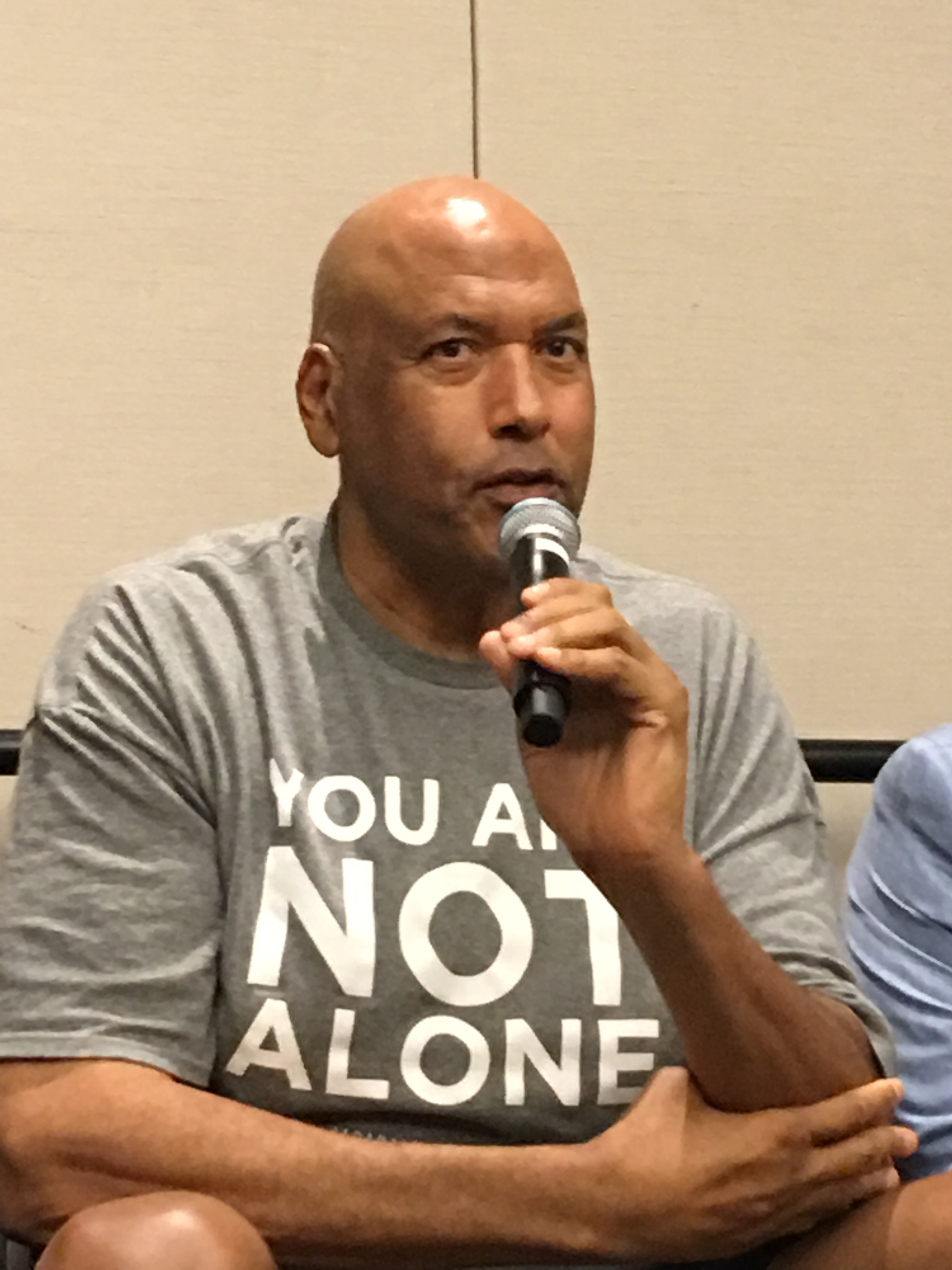
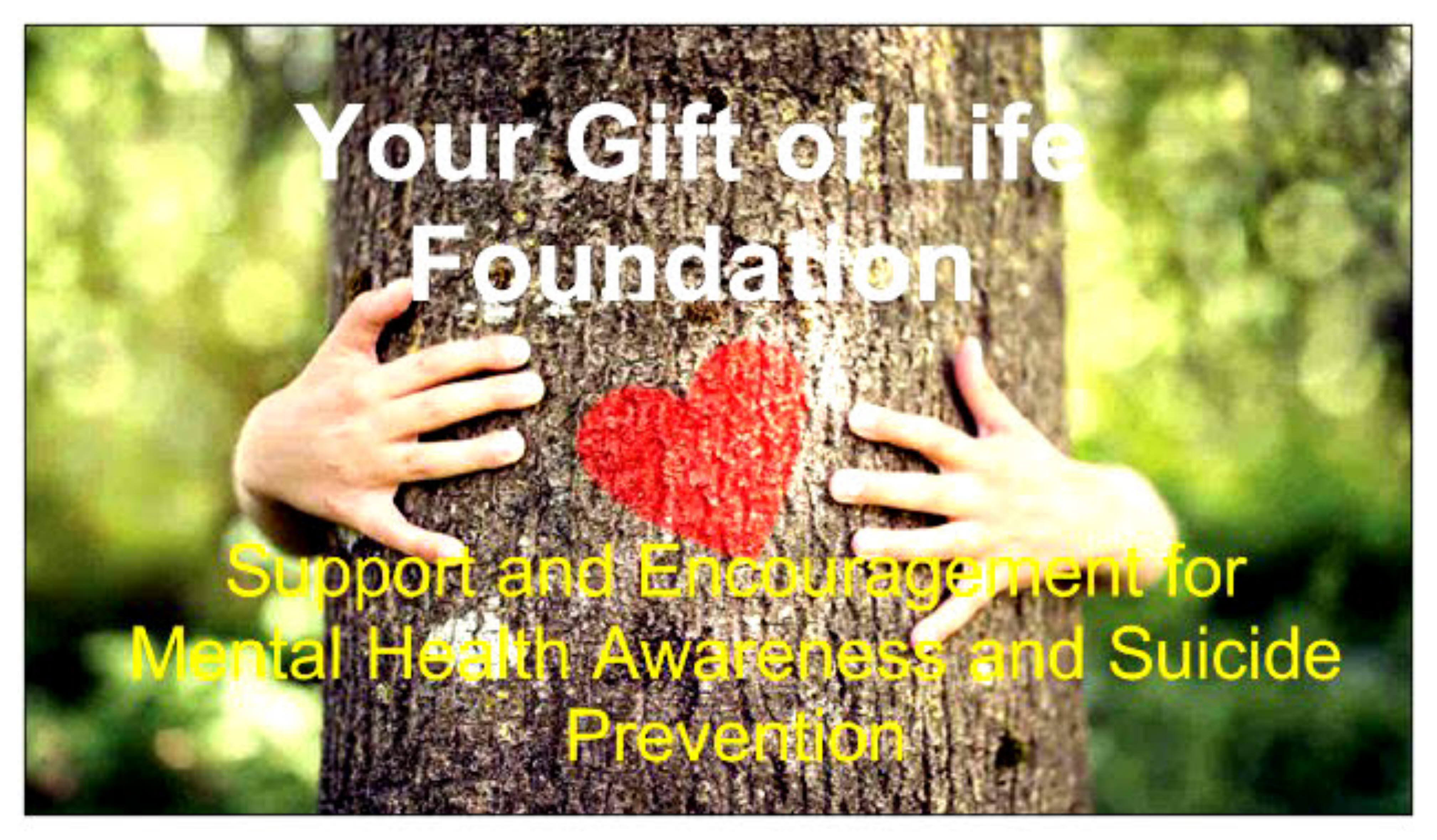
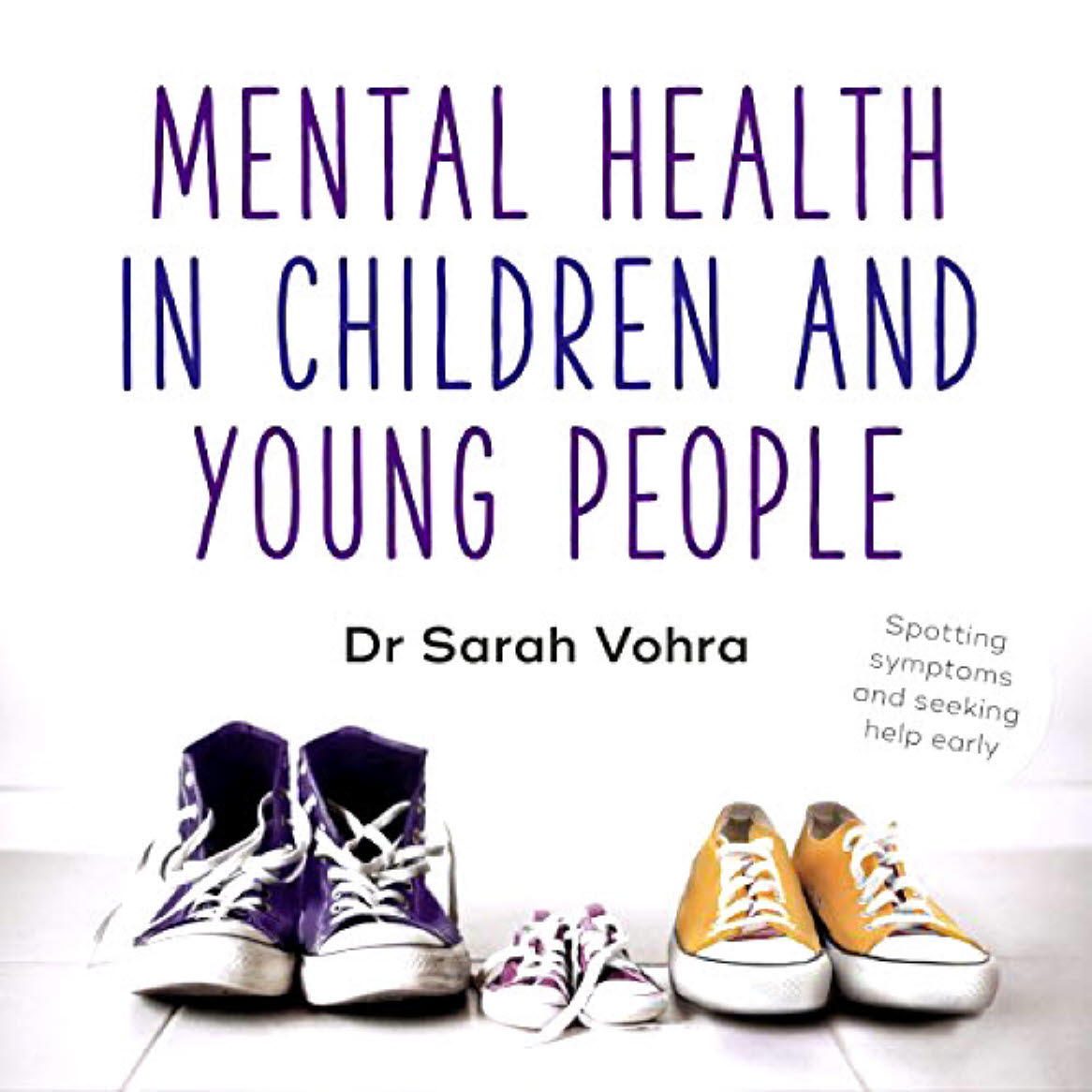








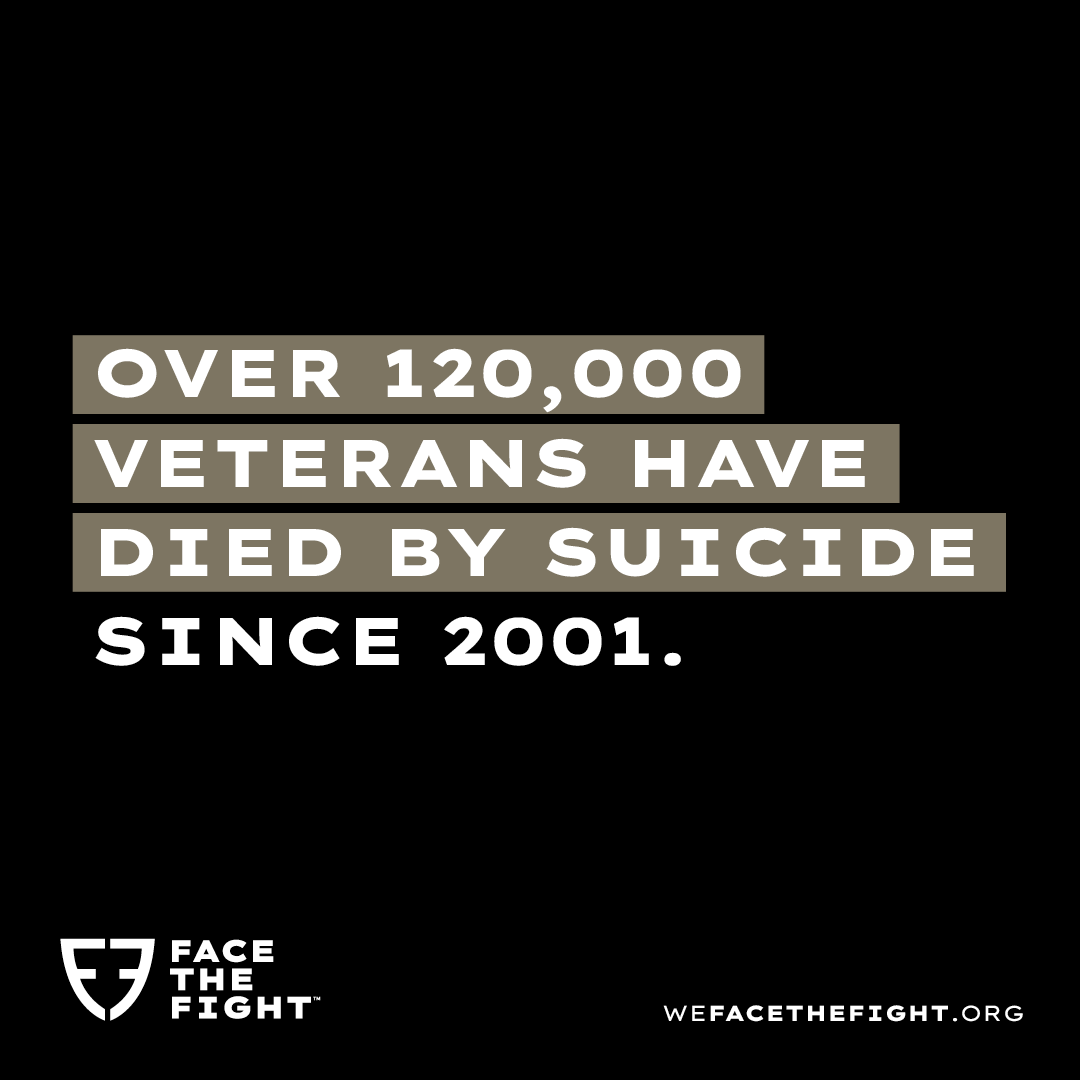
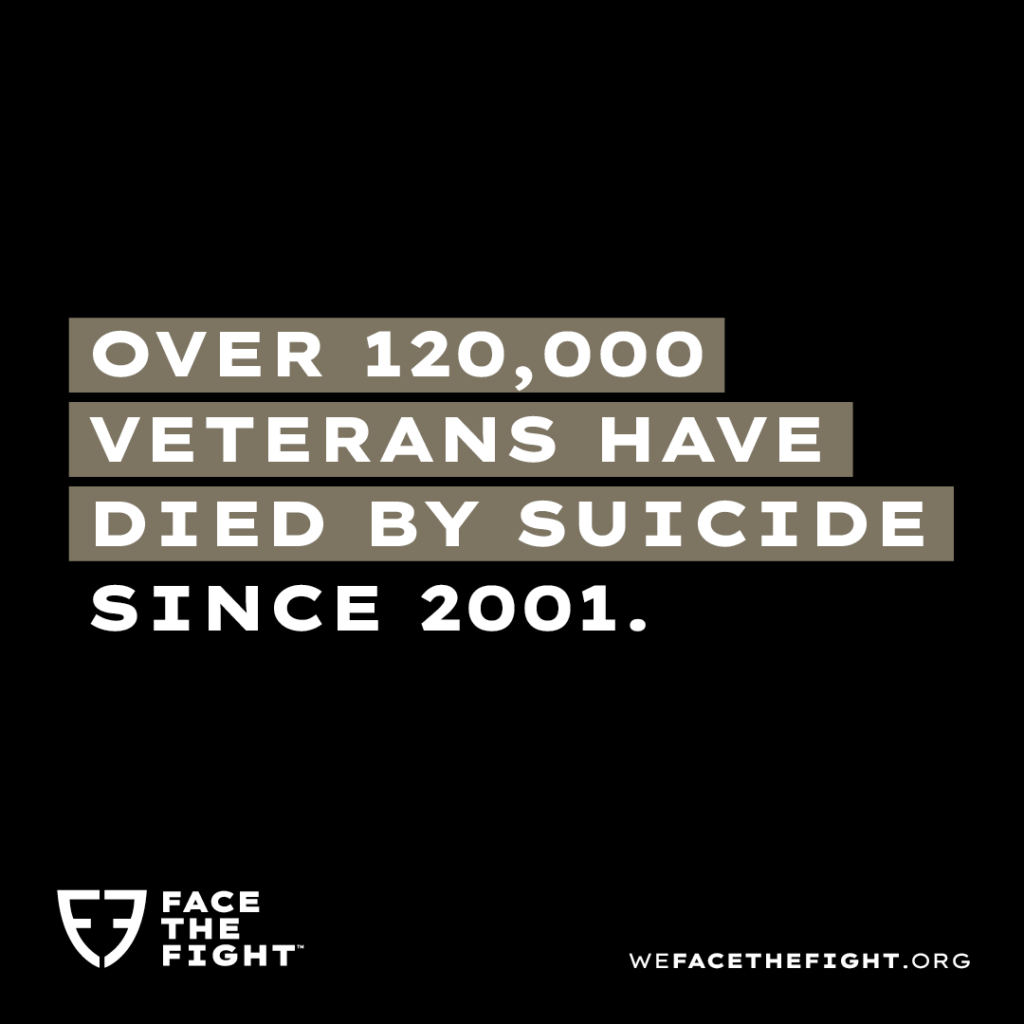
 Montana has a population of nearly 100,000 #veterans.
Montana has a population of nearly 100,000 #veterans. Dial #988 for immediate crisis care. Anonymous. Compassionate. Life-saving.
Dial #988 for immediate crisis care. Anonymous. Compassionate. Life-saving. You are not alone, #veteran or not.
You are not alone, #veteran or not.